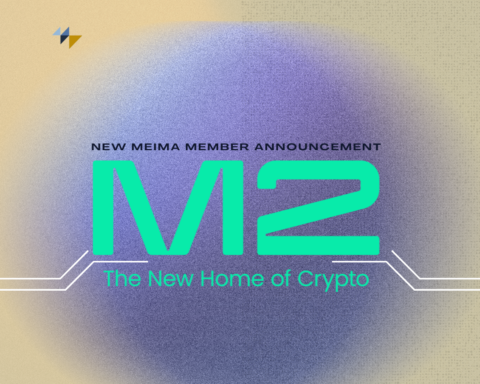By 2030, 60% of global consumers will have made a transaction using a unit of value other than fiat currency, while 73% of global consumer payments will be processed by non-financial institutions on the Internet of Payments.
Revealed on the first day of the Singapore FinTech Festival 2021, these forecasts by market research firm IDC reinforce the need for incumbent financial institutions to adapt their technology quickly for a market in which consumers expect more choice in terms of units of value – including digital assets and loyalty program points – as well as more tailored payments and credit propositions.
They also spell out the cost of failing to adapt: US$250 billion of payments revenue could otherwise move to non-financial institutions by 2030, according to IDC estimates.
“The payments industry is undergoing a massive transformation: non-cash payment volumes are soaring, on-demand payments are gaining traction, and cloud computing and new technology have unleashed a wave of innovation, such as BNPL,” said John Mitchell, CEO of Episode Six. “This is creating a more level playing field for new entrants, and significant challenges for incumbents. The research we’ve unveiled today shows why financial institutions need technology that transfers any unit of value, as well as designed to be configurable and easily integrated into existing financial ecosystems, allowing our clients to bridge the old with new.”
“Financial institutions and non-financial institutions are both vying for a key role in the ownership of payments,” said Cyrus Daruwala, Managing Director IDC Financial Services & FinTech. “IDC forecasts that by 2030, 73% of consumer payments will be handled by non-FSIs through the Internet of Payments. Yet, FSIs are far from out of the payments game – they need to reshape the role they can play in payments of the future and the next-gen payments
technology to succeed.”
IDC’s data shows that 73% of financial institutions around the world have technology infrastructures for payments that are ill-equipped to handle payments for 2021 and beyond. For many incumbents, that means existing payments infrastructure needs to be upgraded payment workflows need to be more data-driven, and risk management needs to be more flexible to adapt to the regulatory requirements for non-fiat currencies and other units of value.
Legacy tech holds banks back yet legacy technology is costing financial institutions more and more, restricting investment in vital digital transformation. IDC estimates that financial institutions’ global spending on payments technology will double from US$39.7 billion in 2020 to US$80.3 billion in 2030.
“Banks need to embrace the new types of payments that recognize that value comes in many forms, but they have a lot of work in front of them,” added Episode Six’s Mitchell. “There are infrastructure and process bottlenecks, resources are being drained on maintaining outdated and disparate systems, and siloed thinking is preventing innovation. Risk aversion can also lead to lost opportunities.”
With the rise of embedded finance, and Banking as a Service solutions, non-financial players can offer payments solutions and are increasingly owning the customer relationship. By 2030, IDC forecasts that 74% of digital consumer payments globally will be conducted via platforms owned by non-financial institutions.
Although banks will no longer dominate payments as they have in the past, this does not mean they may be sidelined altogether. Instead, they need to rethink how they interact with fintech, as well as the new generation of blockchain-based digital finance, provides, said Mitchell at Episode Six.
“Users demand the unified and polished interfaces and smart data-driven products offered by fintech,” he argued. “Economies need the stability and consumer protection that exist when regulated institutions provide financial services, drawing on their long-standing strengths in risk management and compliance. For banks and fintech, the choice, with a few exceptions, will ultimately be to converge or crumble.”













